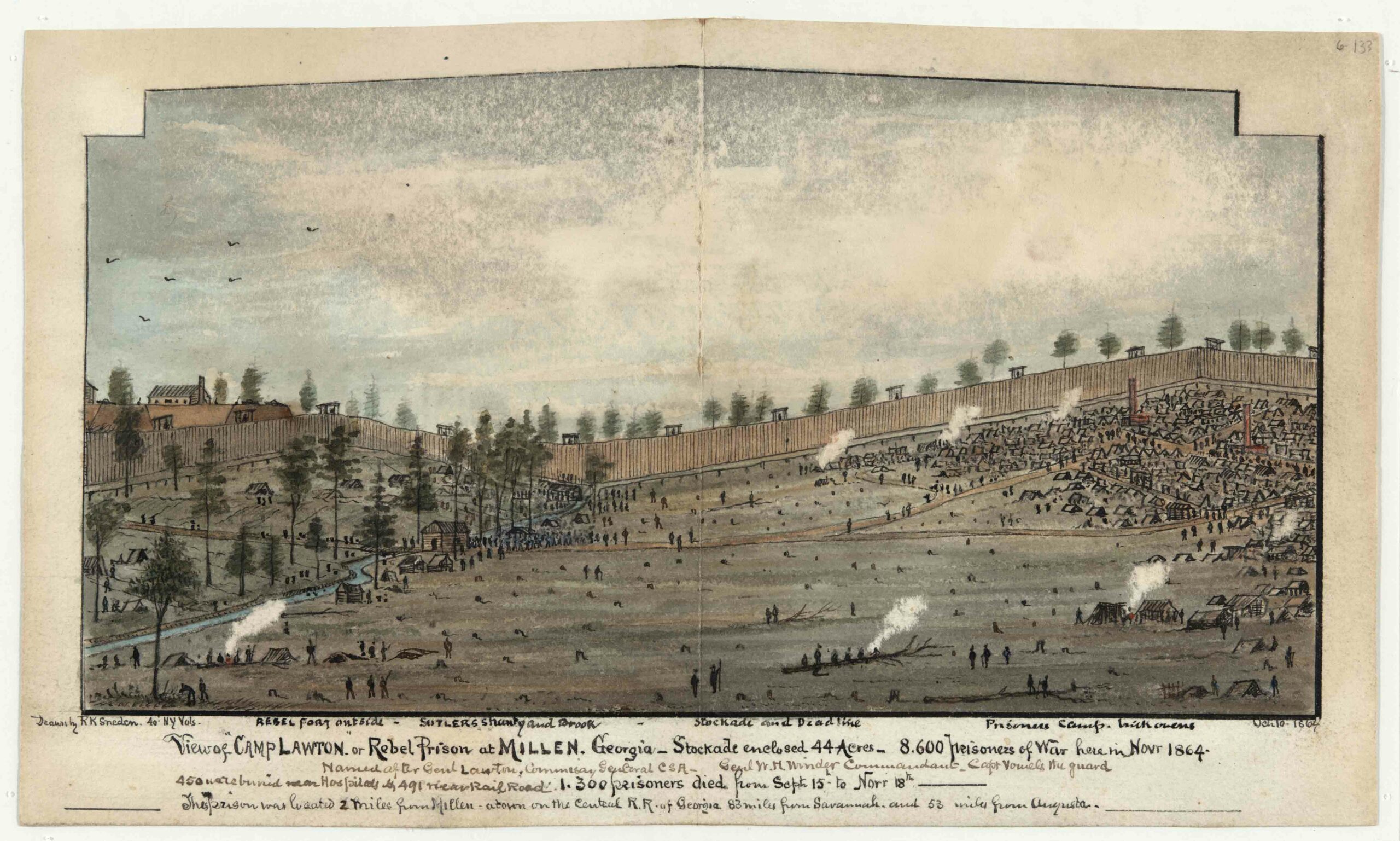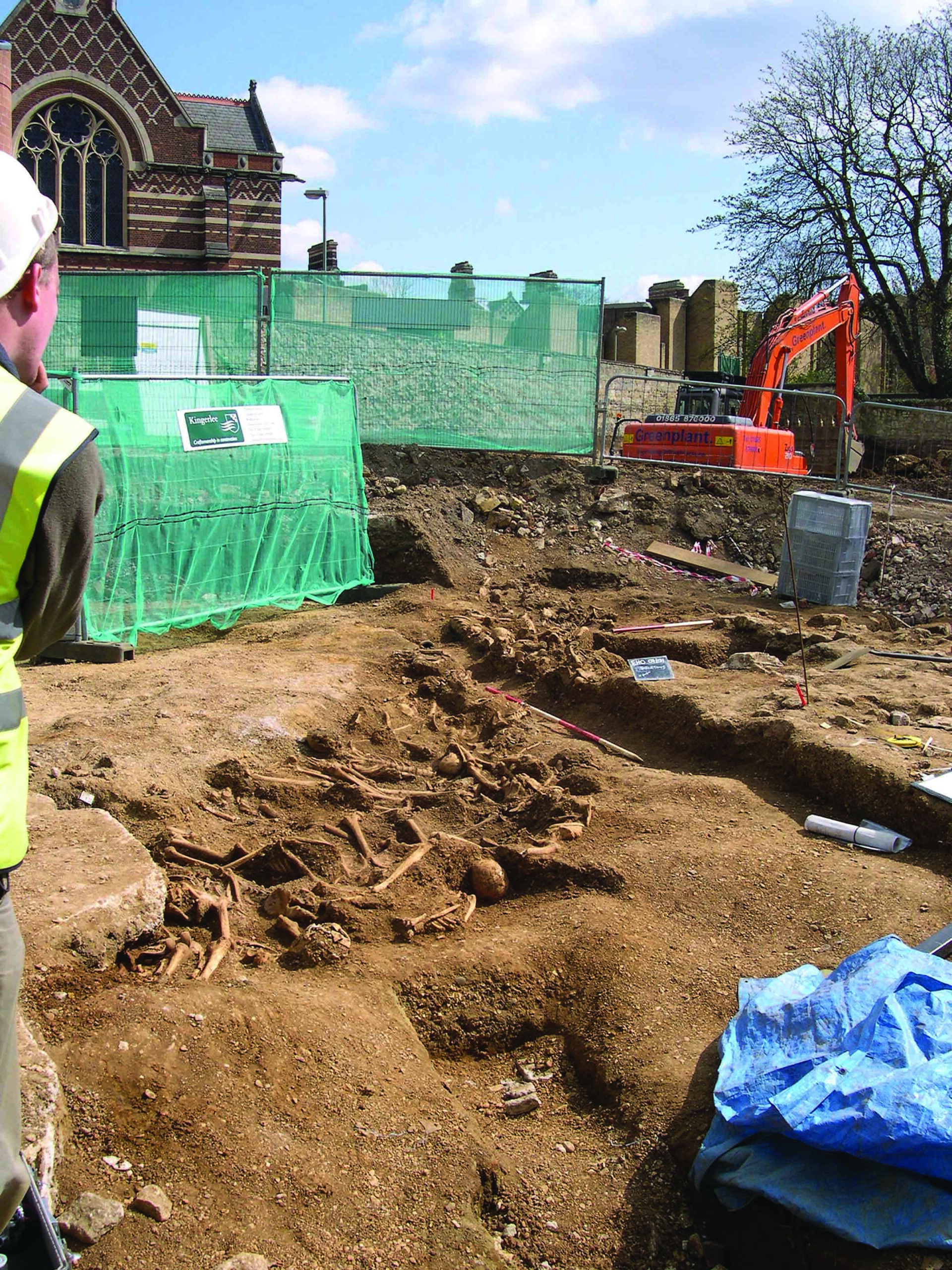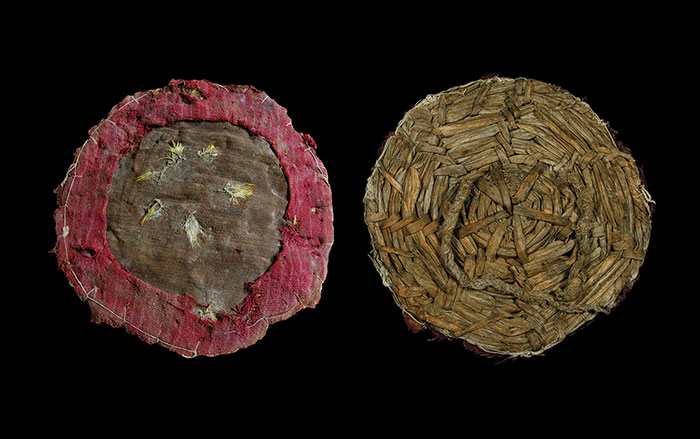
CHRISTCHURCH, NEW ZEALAND—A stack of photographic negatives from Ernest Shackleton’s last Antarctic expedition have been recovered and developed by researchers from the Antarctic Heritage Trust in New Zealand. They found the negatives in a box in a hut at Captain Robert Falcon Scott’s expedition base at Cape Evans on Ross Island. Scott had died in 1912 while racing to the South Pole. Three years later, ten stranded men from Shackleton’s expedition took shelter in the hut. Known as the Ross Island Party, the men lived on seal meat and supplies until they were rescued in 1917. The moldy, damaged negatives yielded images of expedition geologist Alexander Stevens, the ship Aurora, icebergs, and the Ross Sea. “It’s an exciting find, and we are delighted to see them exposed after a century. It’s a testament to the dedication and precision of our conservation teams’ efforts to save Scott’s Cape Evans hut,” said Nigel Watson, executive director of the Antarctic Heritage Trust.









